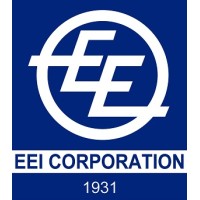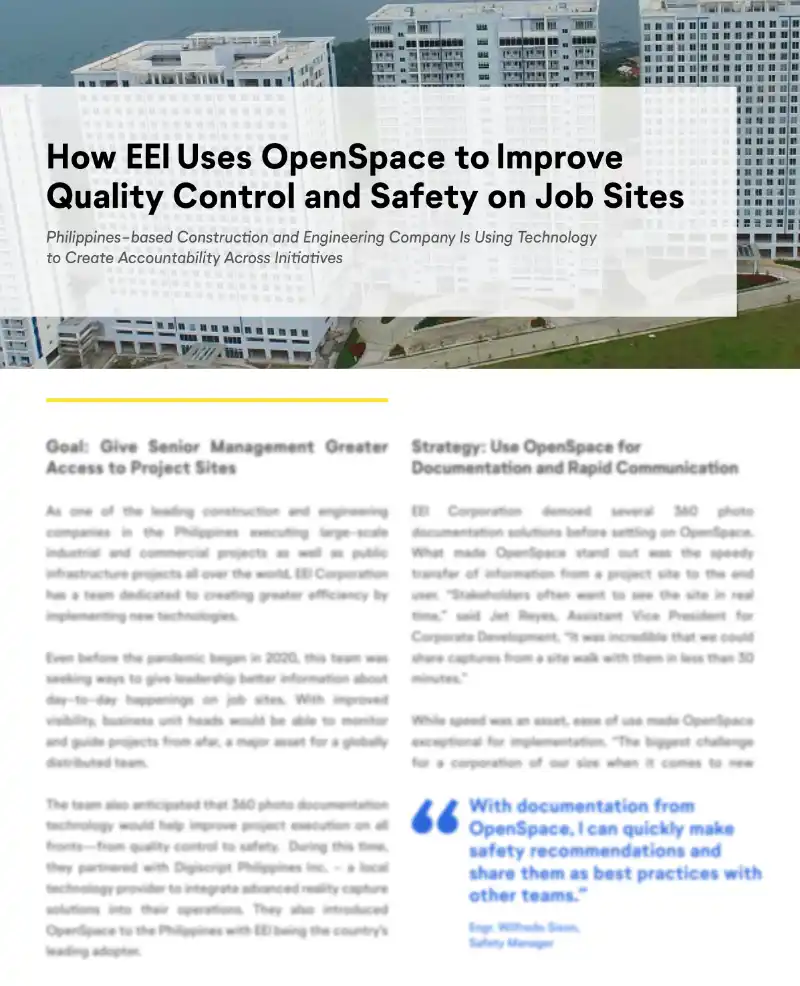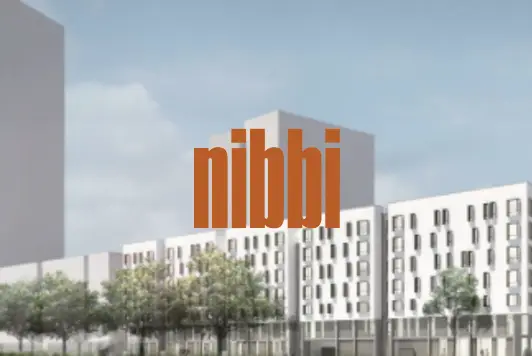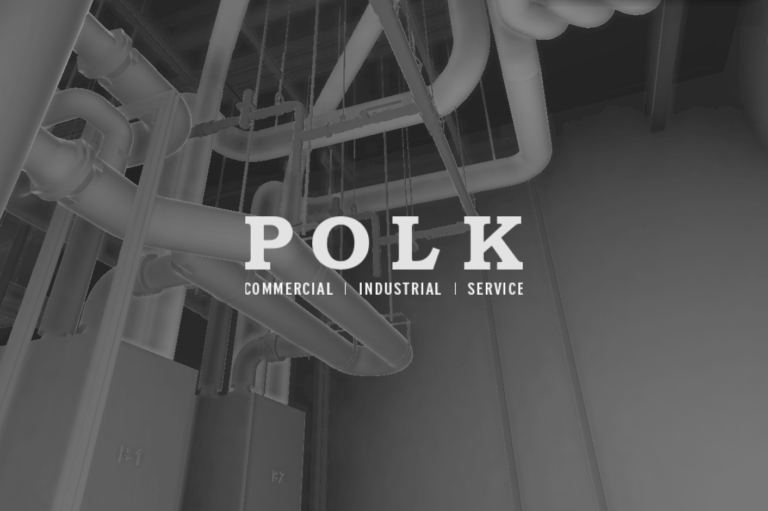How EEI Uses OpenSpace to Improve Quality Control and Safety on Jobsites
Philippines-based EEI Corporation is known for its expertise in the construction of large-scale heavy and light industrial projects, infrastructure, and property development projects all over the world. The company’s projects have included power plants, schools, hospitals, roads, bridges, seaports, airports, railways, and more.
As a globally-distributed team, the company needed a better way to keep management and other stakeholders more closely informed about the status of its projects, and turned to OpenSpace. The team was also looking to leverage 360° photo documentation to improve its overall execution in all areas, including quality control and safety, and required user-friendly technology that employees would readily adopt.
Read this case study to learn how, working with OpenSpace, EEI Corporation improved communications and collaboration, reduced safety incidents, and cut travel costs. Discover how OpenSpace’s technology enabled the company to identify and replicate safety best practices and maintain better transparency and stakeholder alignment.
Glenn Villaseñor
Senior Vice President of Business Transformation
EEI Corporation




